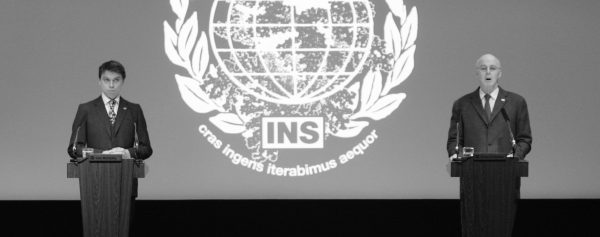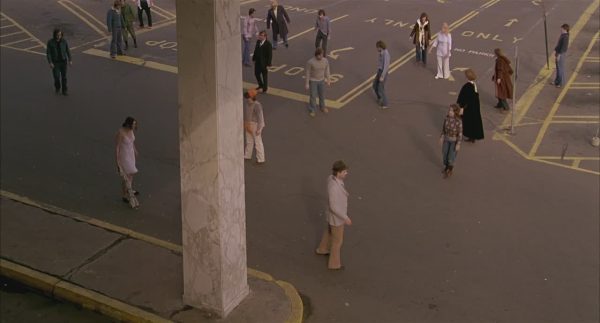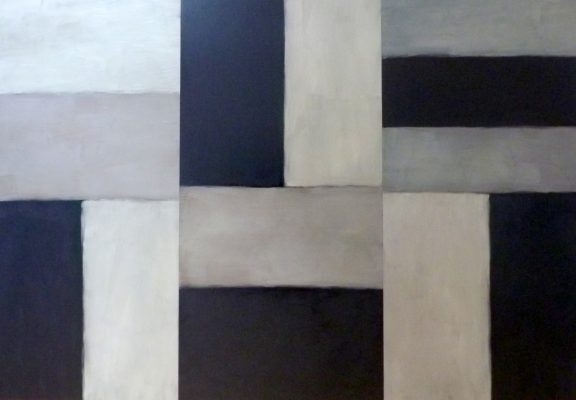For those expecting him to be, as the New Statesman called him, ‘the most galling interviewee in Britain’, Tom McCarthy is something of a disappointment. Before meeting him, I read interviews that cast him in a role as the scourge of contemporary aesthetic values.
In my imagination, he morphed into an intellectual ogre, with volumes of literary theory for fists, battering away at the sort of contemporary fiction that gathers under Christmas trees and gets Hollywood studio executives wondering where they’ll put the awards. But in person McCarthy is funny and friendly, open-minded and unassuming. The ogre is unfortunately absent. He has a boyish exuberance that’s less like an ogre and more like Tintin, who formed the subject of his second book, Tintin and the Secret of Literature.
McCarthy has since followed Tintin on a variety of fictional adventures. He has delved into crypts in C, dabbled with art forgers in Men in Space, and transmitted coded radio signals in his position as General Secretary of the International Society of Necronauts. Perhaps he is galling. Perhaps I was the victim of a scam. Since June, McCarthy has been sending imposters to deliver the Necronautical Society’s ‘Declaration on Inauthenticity’. Actors in Greece and Shanghai have posed as the author. Maybe he has started sending them to interviews as well. With the media interest that inevitably followed C’s nomination for the Man Booker Prize, who could blame him? What follows is hopefully a transcript of a conversation with the real McCarthy that took place in London’s Barbican last December.




